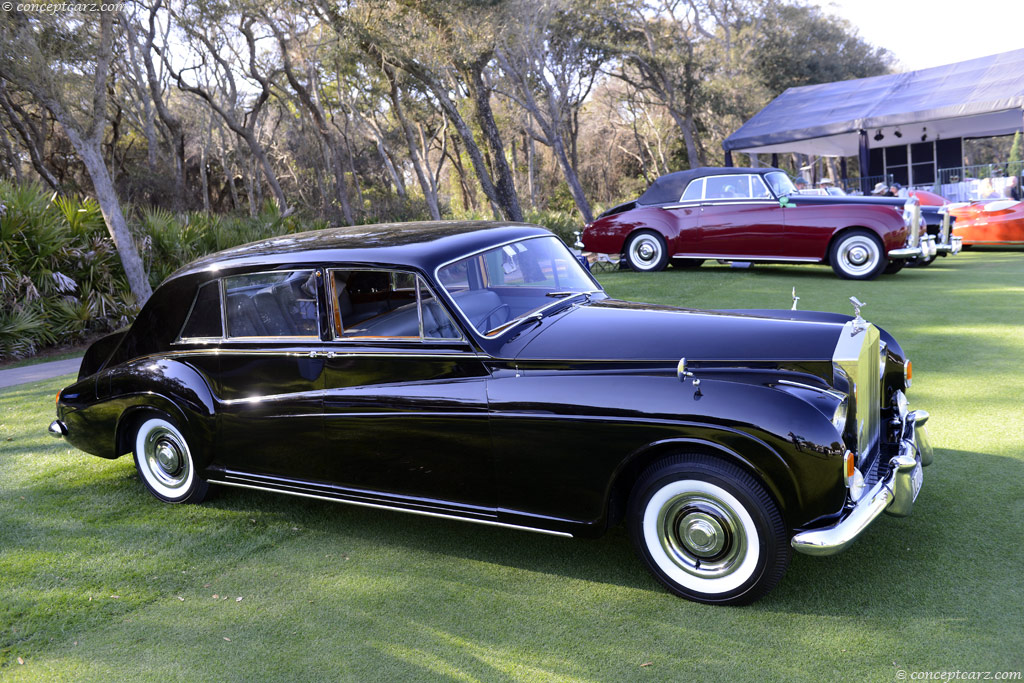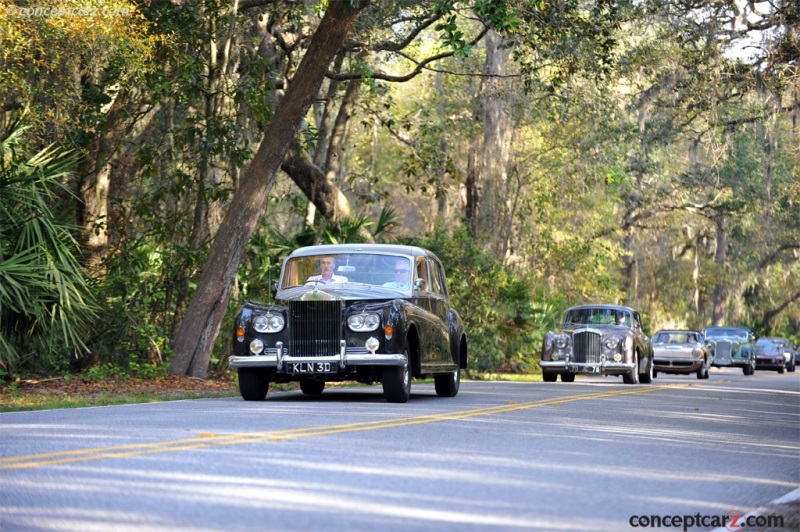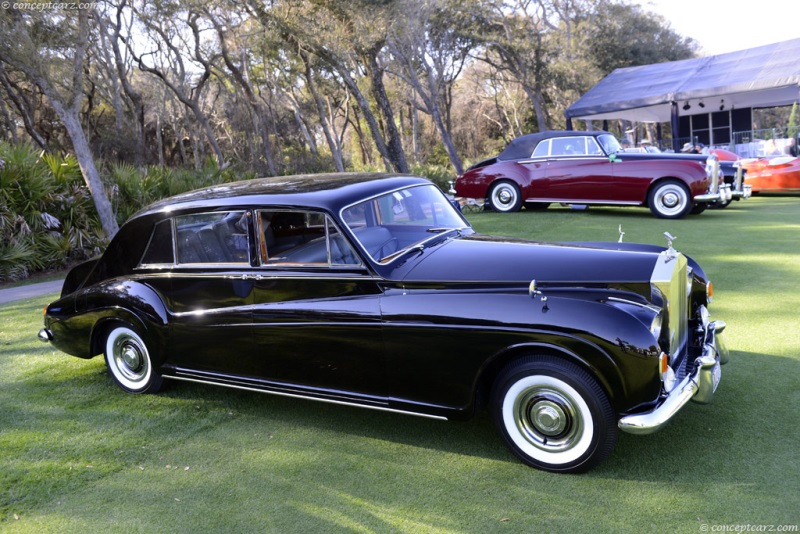1966 Rolls-Royce Phantom V Navigation
- 1966 Rolls-Royce Phantom V Menu
- Article
- Image gallery
- Valuation
- Specifications
- Profiles
1966 Rolls-Royce Phantom V Vehicle Profiles
Recent Vehicle Additions
Performance and Specification Comparison
Phantom V Specification Comparison by Year
Year
Production
Wheelbase
Engine
Prices
Related Automotive News

Prestigious European Classics, Including Exceptional 1933 Bugatti Type 55 Roadster, Added to Gooding & Company's Pebble Beach Auctions
A selection of highly desirable concours-quality offerings from Europes finest automakers, including Bugatti, Bentley, Alfa Romeo, and Peugeot, to cross the auction block at Pebble Beach next month.
Internationally acclaimed auction house Gooding...

Rolls-Royce Black Badge: Born from heritage
Rolls-Royce reflects on commissions from highly prominent clients
Three rebellious motor cars spanning four decades of marques 117-year history
Disruptive clients have embraced Rolls-Royces near-limitless Bespoke possibilities
Finished entirel...

$252,500 Sale of Ferrari Marks First Completed U.S. Auction For Collecting Cars
1990 Singer Porsche Sells For %24921,000 While a 2015 Ferrari 458 Speciale Aperta Brings %24676,000 in International Auctions
A limited-run track-focused 2004 Ferrari 360 Challenge Stradale has sold for %24252,500, signifying the first official auction...

Glamorous and Rare Mercedes-Benz at Russo and Steele Newport Beach!
Scottsdale, Arizona (March 26, 2015) – Today, few classic cars are as sophisticated as the W111-generation Mercedes-Benz 280SE 3.5 Cabriolet. Rare and highly refined, these athletic and luxurious five-passenger automobiles continued the enviable...
Enhanced Kia Rio set for Paris Show world premiere
Enhanced Kia Rio to be unveiled at 2014 Paris Motor Show
B-segment Kias makeover gives exterior and cabin a fresh appearance
Enhanced Rio range on sale in Europe from early 2015
Frankfurt, 29 September 2014 – Kia will celebrate the world...


































